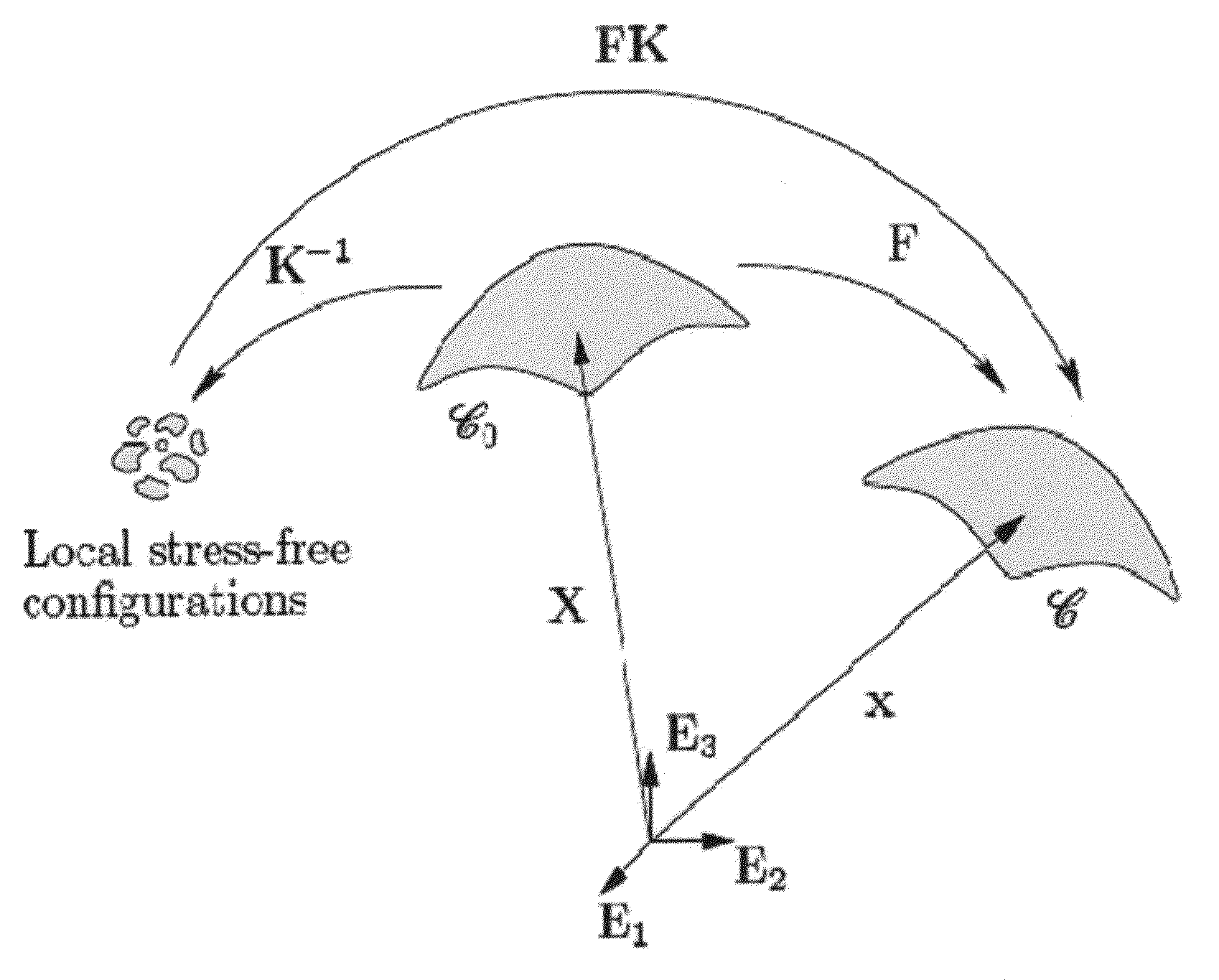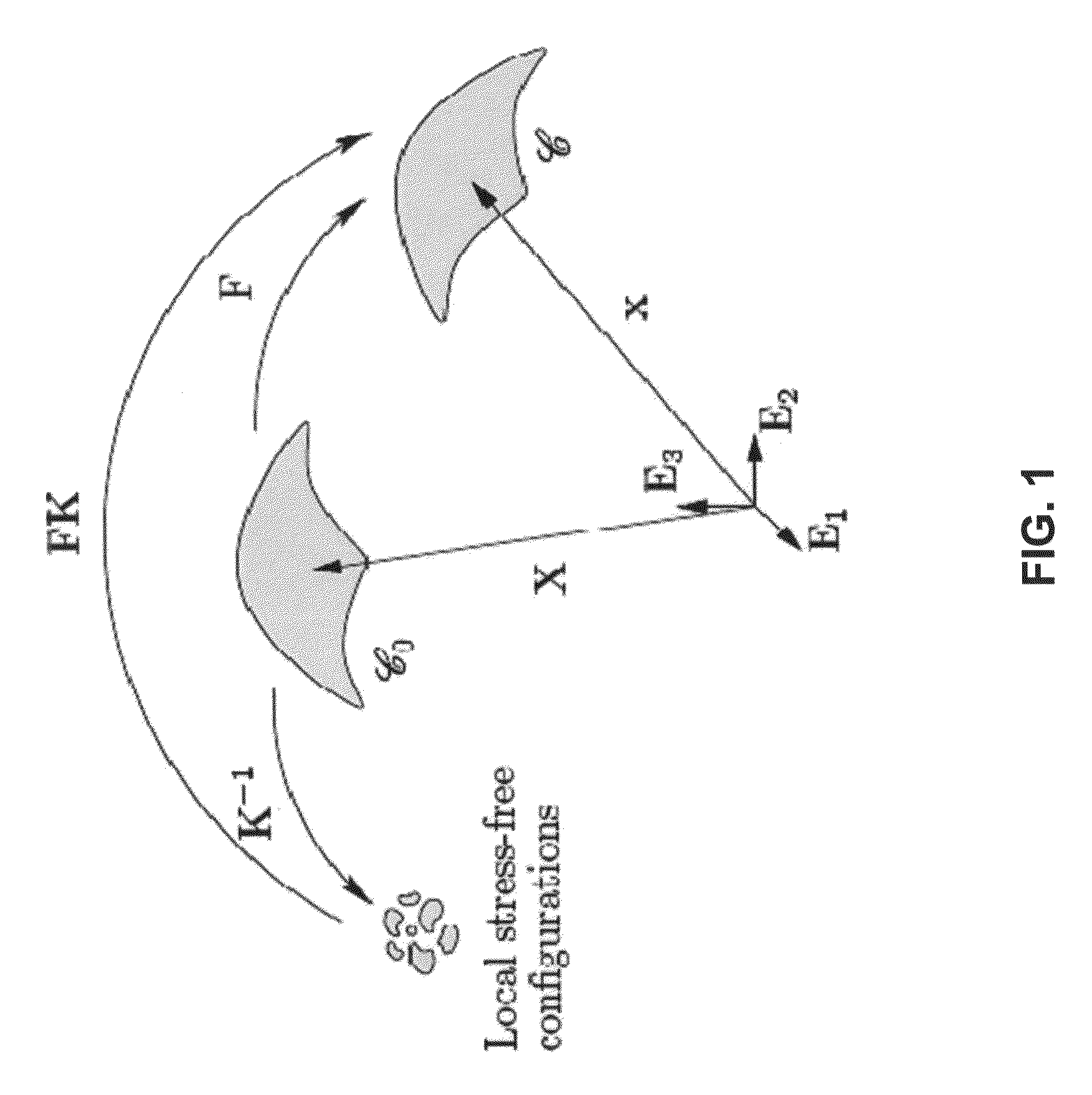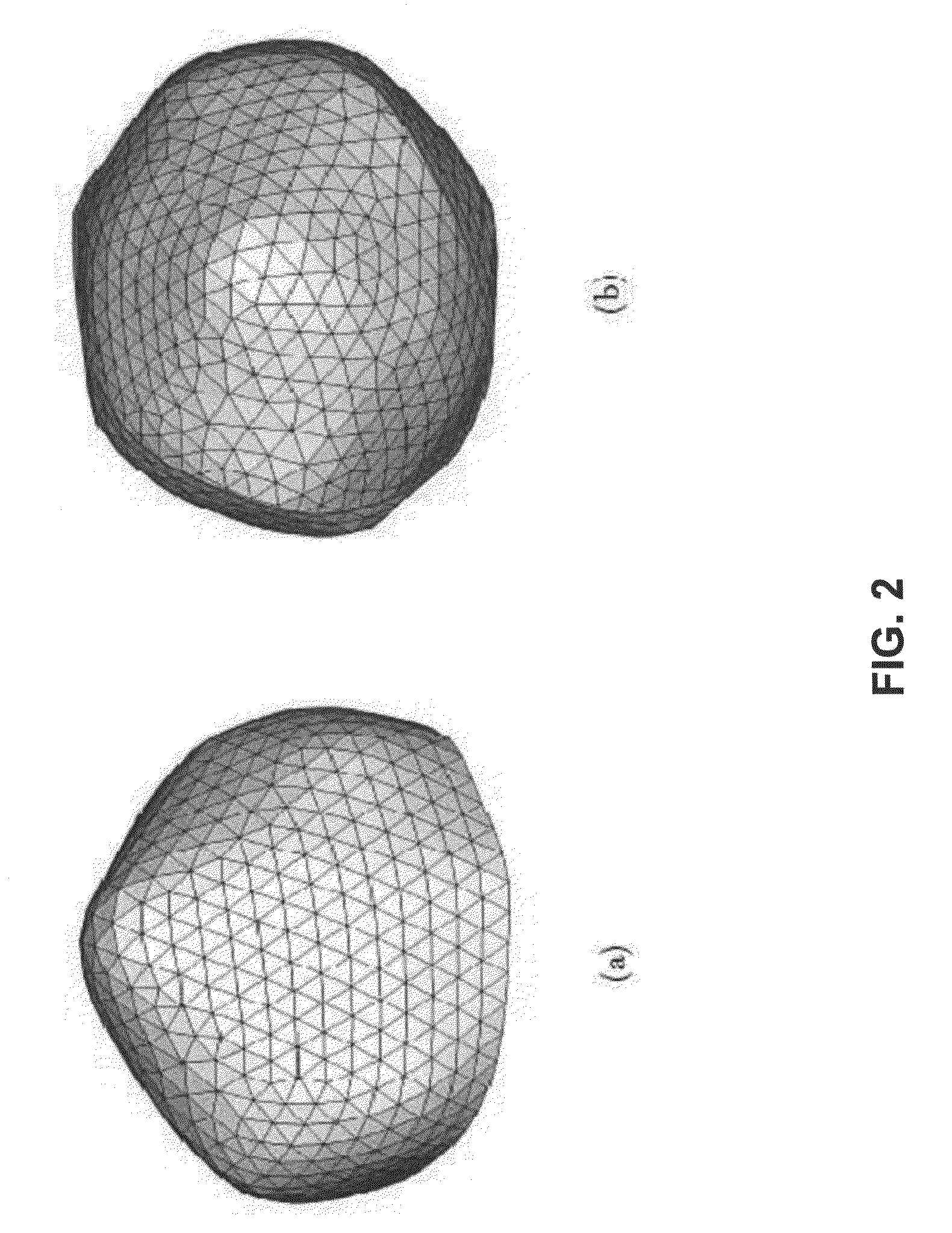Material property identification system and methods
a material property and identification system technology, applied in the field of identification of material elastic properties, can solve the problems of affecting the accuracy of material properties, presenting significant challenges, and posing the most difficult experiments of heterogeneous materials, and achieve the effect of cost-effectiveness and allowing in vivo analysis and diagnostics
- Summary
- Abstract
- Description
- Claims
- Application Information
AI Technical Summary
Benefits of technology
Problems solved by technology
Method used
Image
Examples
Embodiment Construction
[0060]For purposes of this application, the present invention is discussed in reference to identifying elastic properties in a membrane structure, but the present invention is applicable to identifying other material properties, such as visco-elastic and plasticity. A method is devised according to the invention and is referred to herein as the pointwise identification method (PWIM) for identifying the local elastic properties of thin membranes. The theoretical and computational developments of the pointwise identification method are discussed. Following the theoretical and computational developments, the method is validated by performing a physical test on a rubber balloon. The balloon is inflated to a series of pressurized configurations, and a surface mesh that corresponds through all the deformed states is derived using a camera-based photogrammetry technique. In each configuration, the wall tension is computed by the finite element inverse elastostatic method, and the in-plane ...
PUM
| Property | Measurement | Unit |
|---|---|---|
| elastic properties | aaaaa | aaaaa |
| pressures | aaaaa | aaaaa |
| stress distribution | aaaaa | aaaaa |
Abstract
Description
Claims
Application Information
 Login to View More
Login to View More - R&D
- Intellectual Property
- Life Sciences
- Materials
- Tech Scout
- Unparalleled Data Quality
- Higher Quality Content
- 60% Fewer Hallucinations
Browse by: Latest US Patents, China's latest patents, Technical Efficacy Thesaurus, Application Domain, Technology Topic, Popular Technical Reports.
© 2025 PatSnap. All rights reserved.Legal|Privacy policy|Modern Slavery Act Transparency Statement|Sitemap|About US| Contact US: help@patsnap.com



